|
|||||||
 |
|||||||
|
|
|||||||
|
Choosing a Welsh Pony or Cob, Showing Welsh, Welsh Breed Standard, pony growth, how much weight can a pony carry, breeding |
|||||||
|
The Welsh Pony and Cob
Breed Standard CONFORMATION |
|||||||
 |
|||||||
| Welsh Pony and Cob Breed Standard with descriptions | |||||||
 |
|||||||
| Breeders should
remember that a short, strong back is required in Stallions; in mares a strong but longer back is acceptable because the need for room to carry a foal is required. However, this does not excuse a long, weak back in mares. |
|||||||
| WPCS Breed Standard Pamphlet given to new members in the 1970's | |||||||
| Those who defined
the BREED STANDARD were the caretakers of the breed who saw a need to have a general registry for the breeding records, getting them out of each farmer's
dining room, and recording them in a central location, for all to see and have access to. They were only the breeders of the DAY. The Welsh breed was
centuries old, and much commented about in old Celtic writings, and already established when Julius Caesar invaded Brittany in 55 a.d. No the Welsh ponies did not look as they do today, but more like the Celtic root stock, which is where they came from. Most of those native ponies of the Celtic root stock looked more or less alike; however the deep valleys and high mountains, and harsh terrain did separate the regions, and 'subspecies', if you will, developed and in time became different breeds off the main stem. I think we strive to defend the traditional standard because that is how Welsh were defined over a century ago by the stewards who not only had ponies, but were livestockmen of the highest order. And, in the case of Criban, had been breeding Welsh for over 400 years on their Brecon Beacons. They owned all in the area, including that mountain range and more, until unfortunately a dam flooded much of the valley land and their old home place. The Criban, Forest, Revel studs accomplished the nearly impossible feat of producing Welsh ponies that you would recognize as their own on sight, as did Severn, Liseter and GlanNant in the US; without, I might add, the input of self expressed "experts" who have done nothing but muddied the clear waters of breeding Welsh ponies and cobs by dire premonitions of "lack of genetic diversity" due to lack of "new" stallions and broodstock in the US. The Coed Coch stud was the pioneer in introducing Arabian blood in to the Welsh. Perhaps not realizing that this blood would infiltrate and devastate the purity of the foundation Welsh Mountain Pony. The Downland stud followed suit with the introduction of Thorobred blood to improve the Section B and C Welsh. Do you really think that these predictions were for the betterment of the breed, or do you think that those predictions might
have been promulgated to encourage unknowledgeable people to accept the new standard of Welsh ponies and cobs in the U.S. which the newer UK breeders also
were and are aspiring to. The original ponies, before outside blood (Arab, Thoroughbred, etc.), were small, mostly dark primitive colors, straight headed, but still possessed the pluck and hardiness they were noted for down through the centuries. The Welsh Pony has had a close relationship with man over the centuries, serving him in many capacities. He has doubtlessly gone through changes down through the years, all certainly not for the good. NONE of our ponies are of 'original' type, but some are of more original type than most, and are possessors of those wonderful qualities and conformation of a century ago. Trying to protect and perpetuate any breed against 'change' is a daunting task, certainly not an easy one, when the winds of change blow hard, and it is human nature to 'better' everything on earth. Some have known TRUE WELSH and that is the core of why we will do our thing, run against the tide, and try so hard to keep some of them for generations in the future. |
|||||||
| The Welsh Pony Book circa 1914 | |||||||
| Welsh History | Welsh Articles | More Articles | The White Issue | Criban Victor | |||
| PRESERVATION BREEDING/BREED STANDARD, CONFORMATION & MOVEMENT | |||||||
| CONSISTENCY | |||||||
| Consistency in type,
conformation, disposition and movement according to the Breed Standard and description is what all breeders must try to attain in their breeding program.
To attain that objective a breeder must start with ponies or cobs who have been bred to the Breed Standard for generations. By generations I do not mean a five generation pedigree, five generations now is nothing unless the pony's pedigree is only eight or ten generations long, and that is impossible at this time. I am talking about a pedigree that goes back 18+ generations. You will see that linebreeding for the type that fit the standard was the norm back then; closer up you may see where breeders started introducing horse lines, not just the Arabs that were let loose on the mountains or the Cobs that had some Hackney blood; but Thorobreds, Barbs, and others. That is where the breed started to change from the Breed Standard in type, in depth of body, length of cannon bones and leg, movement and dispostion. When you choose to compound the horse blood over and over you eventually lose the pony type and compound the horse genes producing a different type. That is common sense; one does not need a course in genetics to figure it out. |
|||||||
| Because we are interested primarily in Section B Welsh it is there that I will give examples. | |||||||
| WITH TYPE, CONFORMATION, BONE, AND WELSH MOVEMENT | |||||||
| Bristol Elan at 27 years | |||||||
 |
 |
||||||
| 13.2h | |||||||
| Kressley's Talaria | Kressley's Talaria at 39 | ||||||
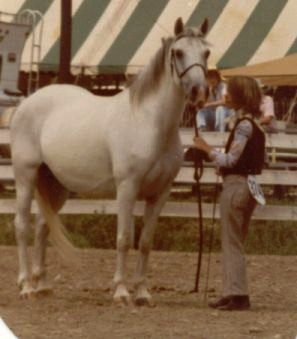 |
 |
||||||
Bristol Serafina at 18 years 13.2h |
Clanfair Eclipse (Bristol Encore x Bristol Safire) at 5 years 13.2h |
||||||
| Bristol Last Tango at ? years in 2007 | Bristol Sereno (Bristol Last Tango x Bristol Serafina) at 9 yrs. 2007 | ||||||
 13h |
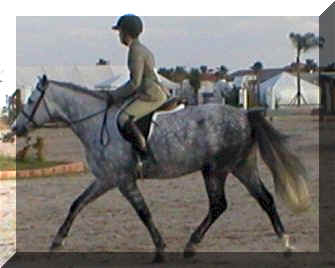 14.2h |
||||||
| DEPTH OF BODY, SHORT CANNONS and EXCELLENT 'PONY' DISPOSITIONS. | |||||||
| ALL ARE LINEBRED CRIBAN VICTOR THROUGH COED COCH BALLOG, CUSOP SHERIFF, DUNTULM'S TWO STEP; COB THRU THE CRIBAN LINES; WITH SOME ARAB THRU TAN Y BWLCH BERWYN. | |||||||
| Cusop Sheriff | GlanNant Ballad | ||||||
 13.3h |
 13.3h |
||||||
| GlanNant Troubador | Coed Coch Prydyddes | ||||||
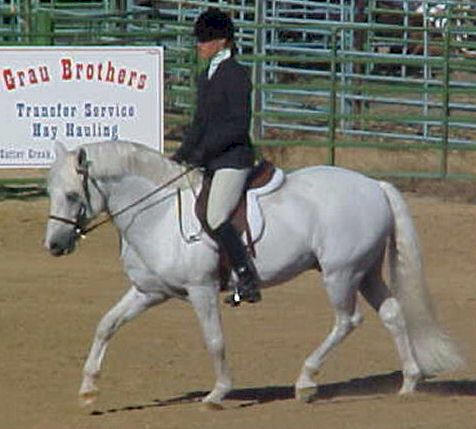 14.1h |
|
||||||
| THIS IS WHAT IS NOW BEING BRED FOR A SECTION B WELSH PONY | AND HERE IS A BRITISH RIDING PONY | ||||||
| WHAT IS WRONG WITH THIS PICTURE ...... CAN YOU TELL ME. WHERE IS THE RESEMBLANCE IN THIS SECTION B TO THE WELSH BREED STANDARD? | |||||||
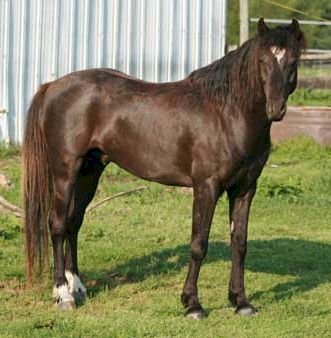 |
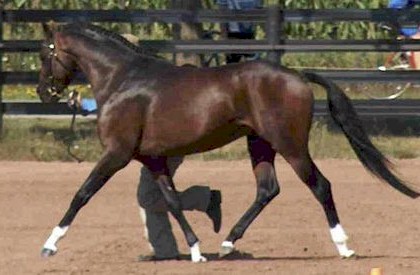 |
||||||
|
Disclosure: We are a review site that receives compensation from the companies whose products we review. We test each
product thoroughly and give high marks to only the very best. We are independently owned and the opinions expressed here are our own.
|
|||||||
|
|
|||||||
|
Copyright © Cross Creek Welsh Ponies 1969 |
|||||||

